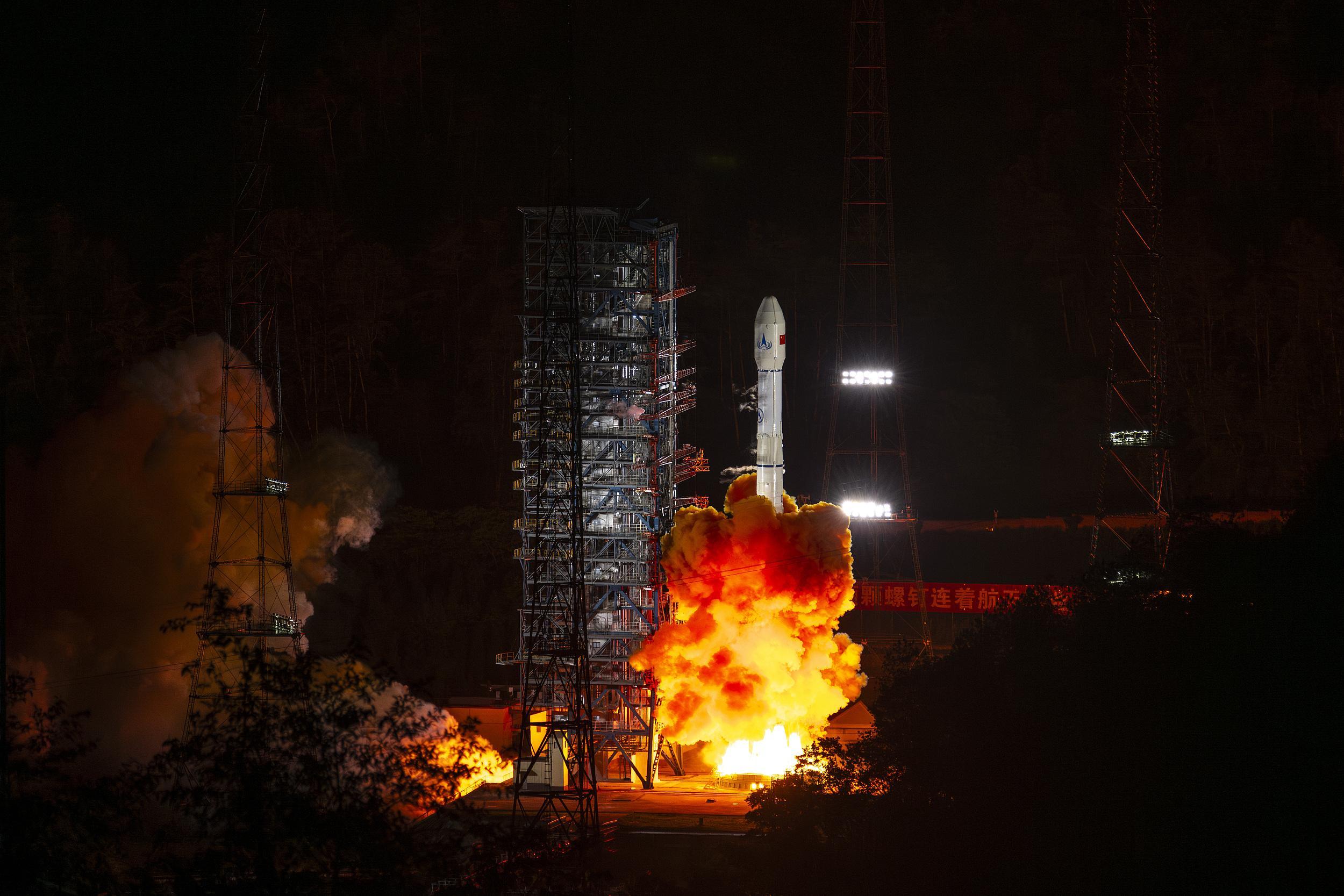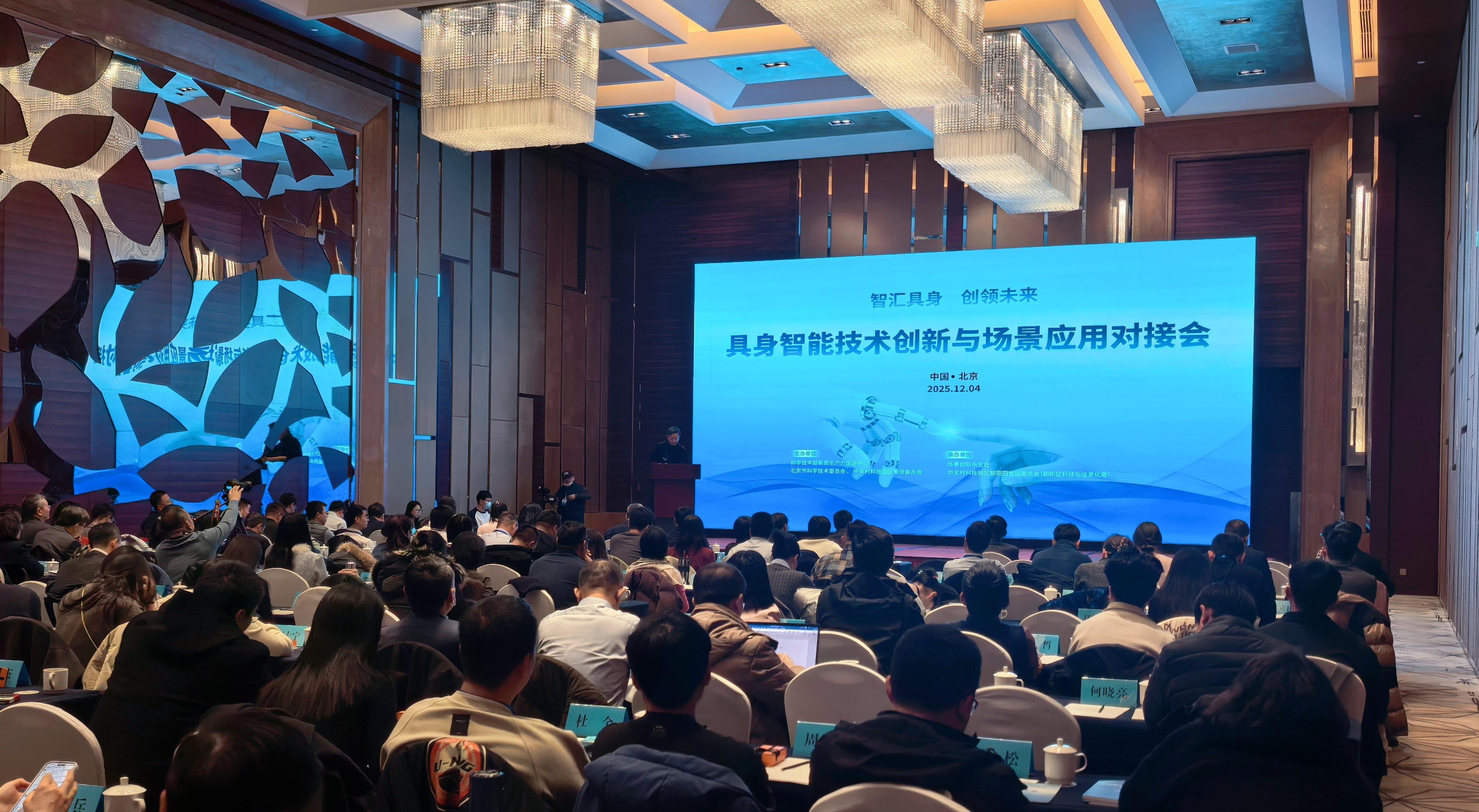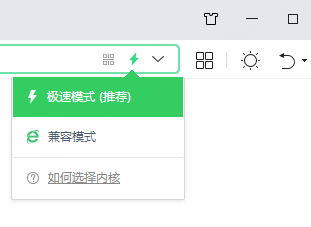Tianwen-2 Embarks on Asteroid Exploration

The Tianwen-2 probe has embarked on its journey of asteroid exploration and sample collection with its successful launch from the Xichang Satellite Launch Center in Sichuan province in southwest China on May 29.
Tianwen-2's main mission is to bring back samples of the asteroid 2016HO3 and conduct scientific exploration of the main-belt comet 311P. This process involves 13 flight phases and reaching a distance of approximately 150 to 500 million kilometers from Earth, according to the China National Space Administration (CNSA).
The mission marks a new step taken by China in deep space exploration.
Expanding scientific cognition
The goal is to achieve breakthroughs in a series of key technologies, including sampling on a low-gravity celestial surface, high-precision autonomous navigation and control, as well as trajectory design, according to Han Siyuan, deputy director of the CNSA's Lunar Exploration and Space Engineering Center and spokesperson for the Tianwen-2 mission.
The mission will also provide exploration data and precious samples for scientific research such as on the origin and evolution of asteroids.
The scientific goal is to determine multiple physical parameters of asteroid 2016HO3 and main-belt comet 311P, including their orbital and rotation parameters, shape, size and thermal radiation characteristics.
This mission will also conduct research on the morphology, material composition, internal structure and possible ejecta of asteroids and main-belt comets.
Laboratory analysis and research of the samples will be carried out to determine their physical properties, chemical and mineral composition, and structure for further research on the formation and evolution of the early solar system.
The Tianwen-2 probe is equipped with 11 scientific devices, including mid-field color cameras, multispectral cameras, a visible and infrared imaging spectrometer, a thermal radiation spectrometer and a detection radar, which will help it obtain scientific data.
Opportunities and challenges
Asteroid 2016HO3 is a "quasi-satellite" of Earth, stably orbiting near Earth's orbit, with an orbital period close to that of Earth.
Based on previous scientific research, it is highly likely that the asteroid retains the original information from the beginning of the solar system's birth, which will be of high scientific research value for studying the early history of the solar system.
Comet 311P is a small celestial anomaly orbiting in the asteroid belt between Mars and Jupiter, possessing both the material composition characteristics of traditional comets and the orbital features of asteroids. Its exploration can promote our study of the material composition, structure and evolution mechanism of small celestial bodies.
However, there are challenges as well. First, the probe has to obtain samples under low-gravity conditions. Based on the current observational data, the average diameter of 2016HO3 is approximately 41 meters. It is in an almost zero-gravity environment, rotating at a high speed simultaneously. The probe needs to complete stable attachment and sampling within a limited time, which is extremely difficult.
Second, the mission has a large distance span. Asteroid 2016HO3 is approximately 18 million km to 46 million km away from Earth, and 311P is about 150 million km to 500 million km away.
The long distance, multi-target detection, and long mission cycle all require high orbit design, energy management, intelligent control, as well as long service life and high reliability of the probe.
In addition, the characteristics of the target celestial bodies to be explored are uncertain. While there is existing observational data, there is still uncertainty regarding specific conditions such as the rotation speed and surface condition of 2016HO3.







